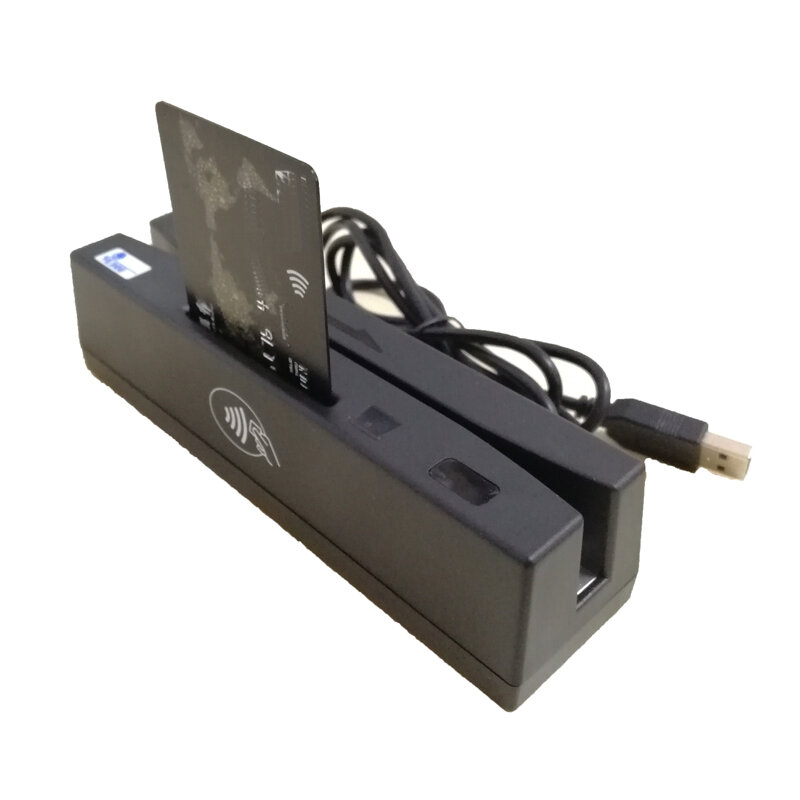

In addition, they also have the familiar magnetic-stripe technology to ensure backward compatibility. EMV cards are smart cards (also called chip cards or IC cards) because they store their data on integrated circuits.
The EMV technology was created primarily to prevent credit card fraud. Some of these cards may require a PIN instead of a signature to complete the transaction process. Chip-enabled cards are standard bank cards that are embedded with a microcomputer chip. EMV Chip TechnologyĬhip technology is an evolution in the financial payment system that helps increase security, reduces card-present fraud and enables the use of future value-added applications. More recently (March of 2018), Visa has reported that counterfeit credit card fraud has dropped 75% since September of 2015.5 And in the period from April of 2015 to April of 2016, Mastercard saw a decrease of 54% in counterfeit credit card fraud. And that was up 12.5% over the previous year.

That is a lot of money but as long ago as 2013, there was $5.3 billion lost to credit fraud. It is estimated that it will cost between $8 and $12 billion dollars to switch ATMs, registers, vending machines, self-service kiosks, and ticket terminals. The largest resistance by merchants to it is cost. The US is finally seeing the benefits of EMV technology. Since implementing EMV technology, there has been a 70% decrease in credit card fraud in the UK. This is because those familiar with magnetic-stripe cards use a technology that is outdated and easy to counterfeit. Even though the United States has a quarter of the world’s credit card transactions, almost half of the world’s credit card fraud happens here. The United States is switching to chip cards in an effort to rein in credit card fraud. In the US, however, it has not been prevalent for nearly as long. If you live or travel to Europe you will know that EMV has been in use for over a decade (it actually began in France in 1992). The conversion to EMV Card Readers happened fast and now it is rarer to swipe your card than it is to ‘insert your chip.’ EMV Card Reader’s Around the World By July of 2016, fully 71% of all card transactions were conducted with chip cards. In five short months that number had grown to 36%. And that was seven months before the change in possible liability was enacted. In the case of businesses using Square Stand and Reader, in March of 2015 the number of chip card transactions was only 17% of all transactions. The effect of the liability on merchants has produced a steady growth of chip card transactions. As of October 2015, if a customer uses a fraudulent chip card and the merchant does not have an EMV card reader, that merchant could be liable for the fraud. This is very important because of the ever-increasing amount of credit card fraud. What is an EMV Card Reader? Development of EMVĮMV® developed and managed by American Express, Discover, JCB, Mastercard, UnionPay, and Visa - is a global standard for credit cards that use computer chips to authenticate (and secure) chip-card transactions.1 EMV chips encrypt bank information making it far more secure than the old magnetic-stripe cards.


 0 kommentar(er)
0 kommentar(er)
